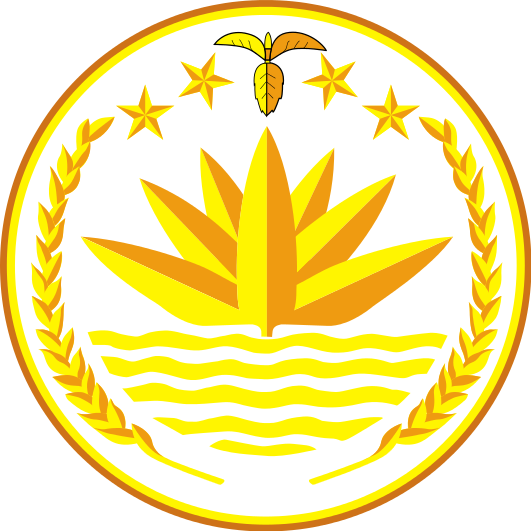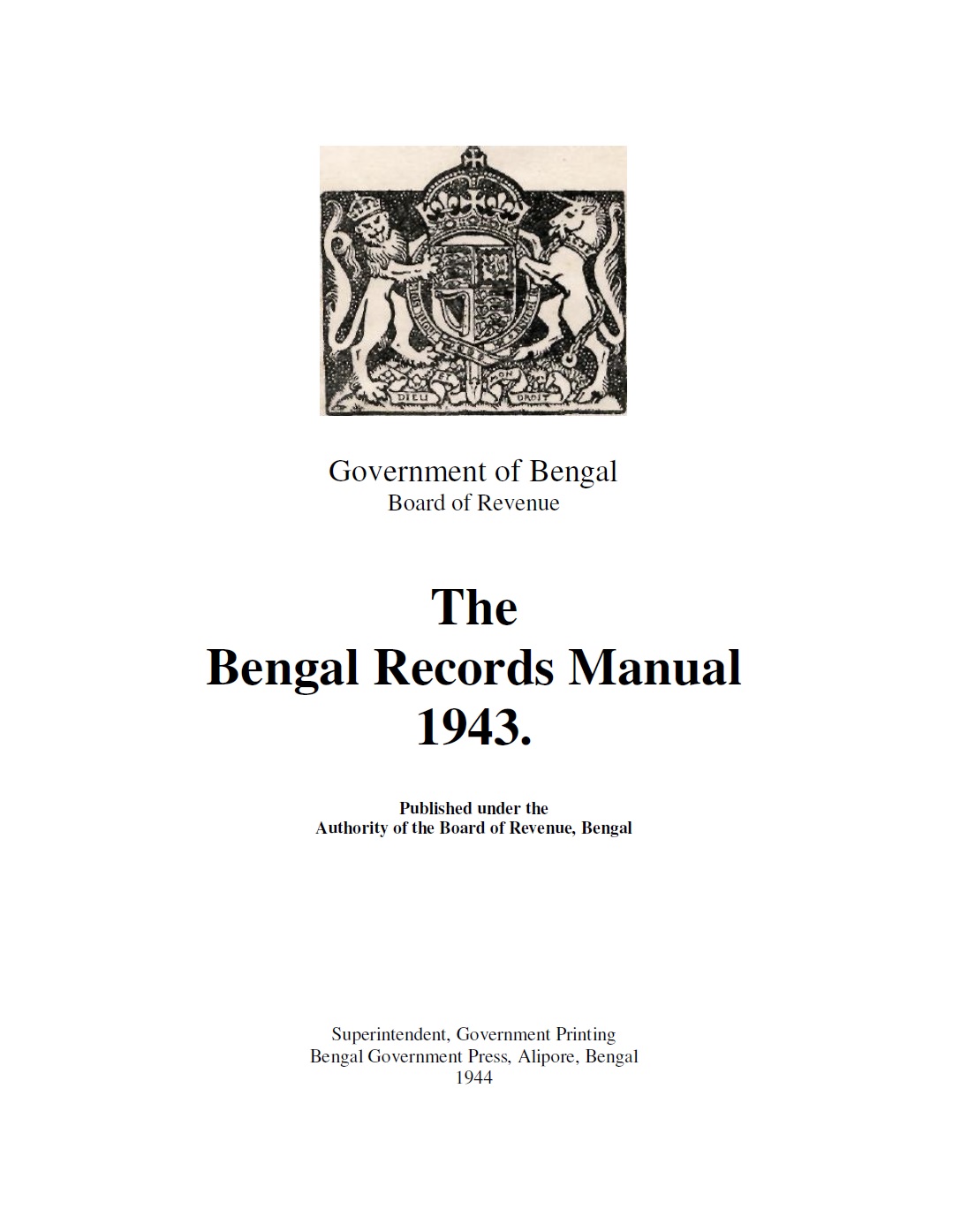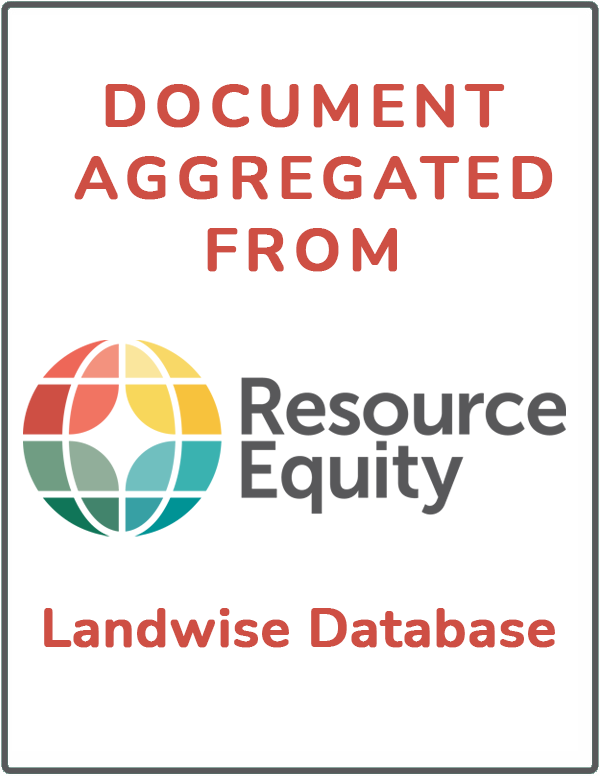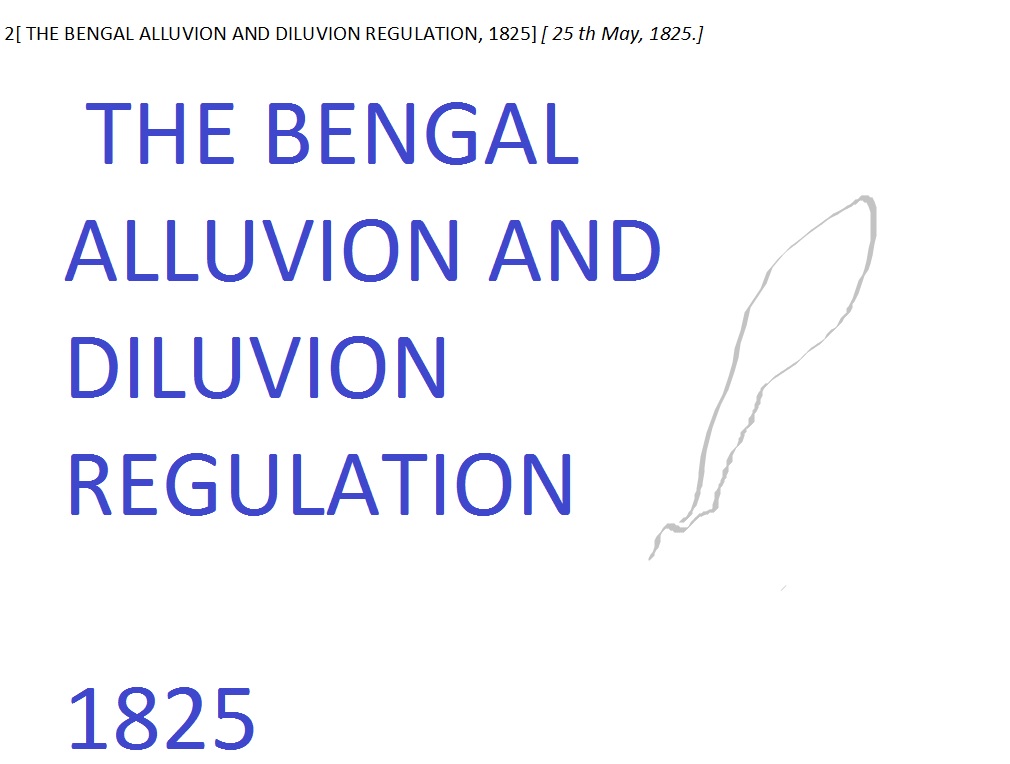Bangladesh Wikipedia page: "The Government of Bangladesh (Bengali: বাংলাদেশ সরকারBangladesh SôrkarGOB) is led by the Prime Minister, who selects all the remaining Ministers. The Prime Minister and the other most senior Ministers belong to the supreme decision-making committee, known as the Cabinet. The Government has three branches; the Executive branch, the Legislative branch and the Judicial branch."
Members:
Resources
Displaying 11 - 15 of 25The Bengal Records Manual 1943.
Two separate compilations, “Training Material on West Bengal Financial Rules and Office Procedure” & “Training Material on West Bengal Service Rules” were published. These proved to be extremely useful and generated widespread demand for more copies. This document to put together rules, procedures, practices and executive orders laid down and released from time to time by the Government for running offices at the districts. It will be published shortly as another Monograph under the title, “Collectorate Manual”.
THE BENGAL ALLUVION AND DILUVION REGULATION, 1825
In consequence of the frequent changes which take place in the channel of the principal rivers that intersect the Provinces immediately subject to the Presidency of Fort Willima, and the Shifting of the sands which lie in the beds of those rivers, chars or small islands are often thrown up by alluvion in the midst of the stream or near one of the banks, and large portions of land are carried away by an encroachment of the river on one side, whilst accessions of land are at the same time, or in subse quent years, gained by dereliction of the water on the opposite side; similar instances of
Survey Act, 1875.
The aim of this Act, consisting of 6 Parts, is to define and identificate the following land characteristics, specifying: the determination of the extent of erosion along the banks of rivers or the extent of accretion, reformation or new formation due to fluvial action of any river, the better security of landed property and the prevention of encroachments and disputes, to provide for the survey of lands and for the establishment and maintenance of marks to distinguish land boundaries.
State Acquisition and Tenancy Act, 1950 (East Bangal Act No. XXVIII of 1951).
This Act provides for the acquisition by the State of the interests of rent-receivers.





